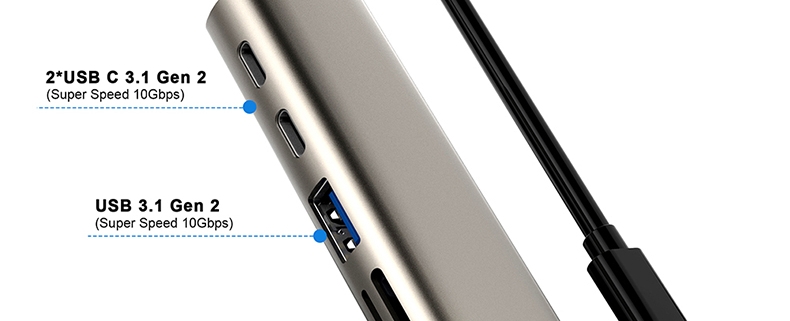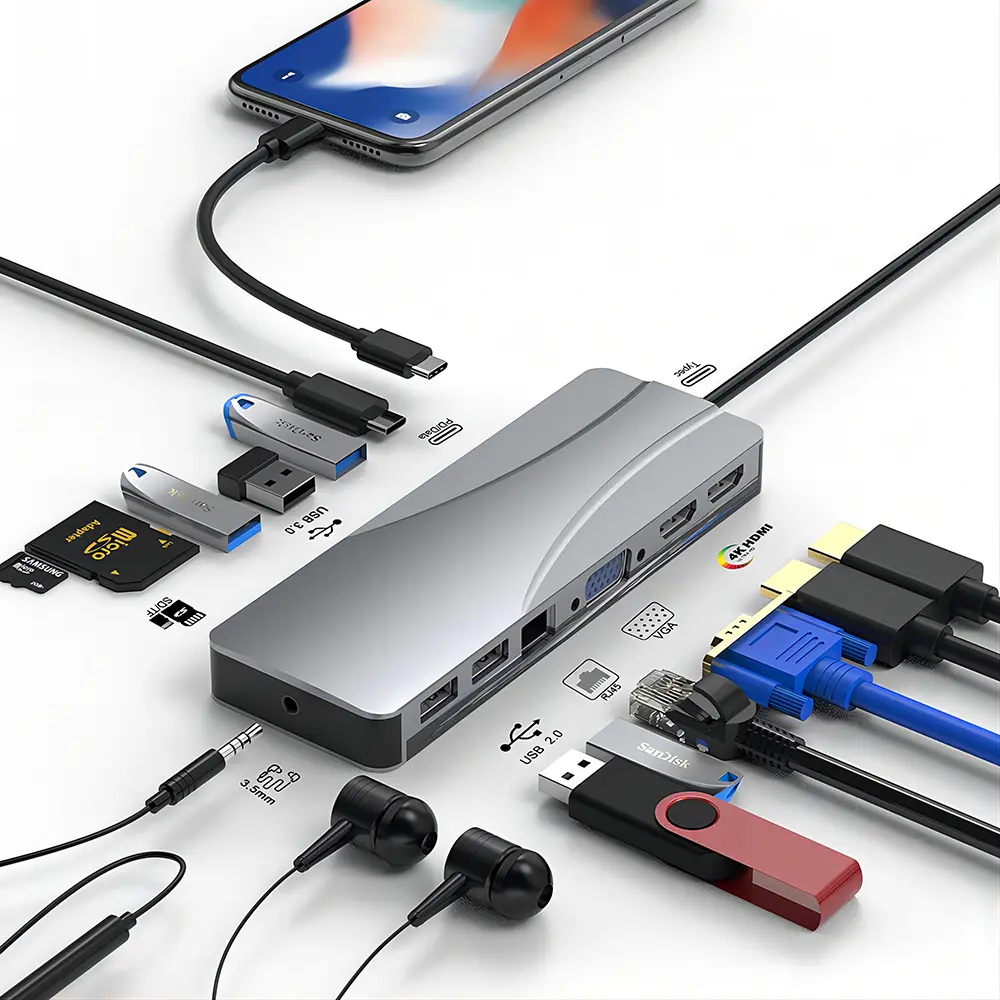Should I get a 2.0 or 3.0 USB hub?
Navigating the Choice: Opting for a USB 2.0 vs. USB 3.0 Hub
In an era where digital connectivity and speed are paramount, selecting the right USB hub for your needs is more crucial than ever. With the prevalence of USB (Universal Serial Bus) technology in everyday devices, from external hard drives to smartphones, the choice between a USB 2.0 and USB 3.0 hub can significantly impact your digital experience. This guide delves into the key differences and considerations to help you make an informed decision.
Understanding USB 2.0 and USB 3.0
Before diving into which hub to choose, it’s essential to grasp the fundamental differences between USB 2.0 and USB 3.0 standards. USB 2.0, the second major version of the Universal Serial Bus standard, was released in April 2000 and is widely known for its significant improvement in data transfer rates up to 480 Mbps. USB 3.0, introduced in November 2008, marked a significant leap forward, offering transfer rates of up to 5 Gbps—more than ten times the speed of USB 2.0.
Speed and Power: The USB 3.0 Advantage
The most notable advantage of USB 3.0 hubs is their speed. For users frequently transferring large files or using devices that require high bandwidth, such as external hard drives, HD webcams, or video capture devices, a USB 3.0 hub can drastically reduce data transfer times. Additionally, USB 3.0 offers enhanced power management and increased power output, making it more suitable for devices requiring more power to operate or charge.
Compatibility: Bridging Old and New
One of the strengths of USB technology is its backward compatibility. USB 3.0 devices and hubs can work with USB 2.0 ports and vice versa, though they will operate at the lower speed of USB 2.0. This compatibility ensures that users can still utilize older devices with new hubs and ports, albeit without the benefits of USB 3.0’s increased speed and power.
Cost Consideration
Typically, USB 3.0 hubs are slightly more expensive than their 2.0 counterparts due to their enhanced capabilities. However, the price gap has been narrowing as USB 3.0 becomes more widespread. For users who prioritize speed and are likely to use devices that can take advantage of USB 3.0’s features, the slightly higher cost of a USB 3.0 hub may be a worthwhile investment.
Making Your Choice
When deciding between a USB 2.0 and USB 3.0 hub, consider the following:
- Speed Needs: If you regularly transfer large files or use high-bandwidth devices, USB 3.0 is the clear choice.
- Power Requirements: Devices that need more power for operation or charging benefit from a USB 3.0 hub’s enhanced power output.
- Future-Proofing: Even if you don’t need the full capabilities of USB 3.0 now, opting for a USB 3.0 hub can prepare you for future devices that may require faster data transfer rates or more power.
- Budget: Evaluate whether the speed and power benefits of USB 3.0 justify the higher cost based on your specific needs.
In summary, while USB 2.0 hubs still serve a purpose for users with minimal speed and power requirements, the future-leaning capabilities and increasing affordability of USB 3.0 hubs make them a savvy choice for most users. As we continue to demand more from our digital devices, ensuring your connectivity solutions can meet these demands is more important than ever.




Leave a Reply
Want to join the discussion?Feel free to contribute!